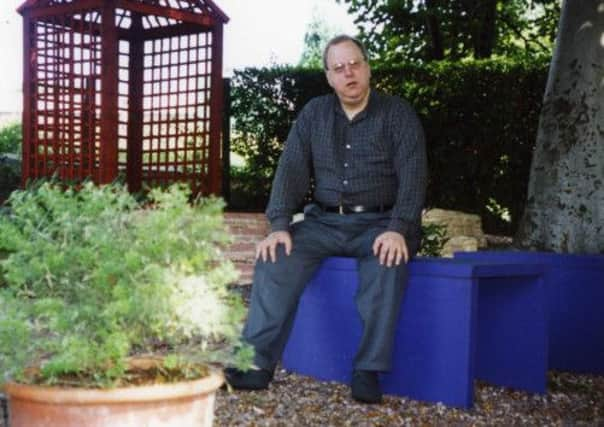Terry Friedman


In that role, this American-born scholar made important contributions to the understanding of the art and architecture in the UK.
Between 1969 and 1993, as keeper of decorative art studies at Temple Newsam, Leeds, and, later, as principal keeper at Leeds City Art Gallery (where he was largely responsible for setting up the Henry Moore Centre for the Study of Sculpture) he made a major but largely unsung contribution to the cultural life of the city.
Advertisement
Hide AdAdvertisement
Hide AdOne of the finest architectural historians of his generation and the leading authority on 18th century ecclesiastical architecture, he was the author of two classics – James Gibbs (Yale 1984) and the magisterial The Eighteenth-Century Church in Britain (Yale 2011).
Dr Friedman came from a liberal Jewish family in Detroit, Michigan, and went to Michigan University before moving to London in 1964 for postgraduate study at the Courtauld Institute of Art.
His doctorate thesis on James Gibbs, best known as the architect of St Martin-in-the-Fields, London, formed the basis of his first book.
In 1969 he moved to Leeds to take part in a unique collaboration, the city remaining his home for the rest of his life.
Advertisement
Hide AdAdvertisement
Hide AdHe was to run the BA degree course in the history of decorative arts and museum studies which had been initiated by Professor Quentin Bell of Leeds University, and Robert Rowe, director of Leeds Art Galleries.
Based at Temple Newsam House, the course attracted students who went on to distinguished heritage, curatorial and academic careers throughout the UK.
While still teaching, Dr Friedman moved to the Art Gallery, and in 1984, he became principal keeper.
In this new role he and his colleagues brought about a decade of important exhibitions accompanied by well-researched, handsomely-designed and illustrated catalogues.
Advertisement
Hide AdAdvertisement
Hide AdThe reassessment of British Surrealism in the 1930s, brought about by the 1986 Leeds exhibition, was a landmark. He made an especially important contribution to the career of the Yorkshire-raised artist, Andy Goldsworthy.
Jacob Epstein, Henry Moore’s pioneering, but undervalued, predecessor and early supporter, was the subject of one of the most influential exhibitions, which went on to the Whitechapel Art Gallery, London, in 1987.
Dr Friedman’s championing of the 19th century Leeds sculptor, Joseph Gott, several of whose works he identified and purchased for very modest sums, resulted in the reappraisal of his importance.
His final big exhibition at the gallery was a tribute to the influential Yorkshire-born art critic Herbert Read (1993).
Advertisement
Hide AdAdvertisement
Hide AdIn 1993 Dr Friedman took early retirement to dedicate himself to a study of 18th century British church architecture which demanded painstaking research in churches, chapels, vestries, vicarages, archives and county record offices all over Britain.
Projects of such scope are usually undertaken by teams of university-based researchers supported by research council grants, but he undertook it as an independent, self-funded scholar.
A stream of articles and two more substantial works, Church Architecture in Leeds 1700-1799 (Thoresby Society 1996) and The Georgian Parish Church: Monuments to Posterity (2004) resulted.
Serious illness in 2004 could have brought a premature end to his project, but he survived brain surgery, his phenomenal memory and intelligence unimpaired.
Advertisement
Hide AdAdvertisement
Hide AdHe was finally able to bring his study to fruition in 2011 and last year it earned him the Berger Prize for art history.
A generous donor, he made substantial lifetime gifts to the Leeds City and University collections, and to Middlesbrough Institute of Contemporary Art.
Happily solitary, Mr Friedman took pleasure in music, American TV and the companionship of a very small circle of friends and colleagues.
Over a meal at a favourite local restaurant, he could delight companions with his wicked, barbed humour, often at the expense of politicians – American and British. Touchy and, at times, outspoken and dogmatic in his judgments, he was open-natured, supportive and generous to young artists and scholars, buying the work of young artists and making a point of attending their shows.
Advertisement
Hide AdAdvertisement
Hide AdThe beautifully illustrated catalogues he masterminded were invariably sold at or even below cost price, so determined was he to make sure students could afford them.
Art had given him a lifetime’s fascination and joy. He rejoiced in passing on both that passion and his immense scholarship.